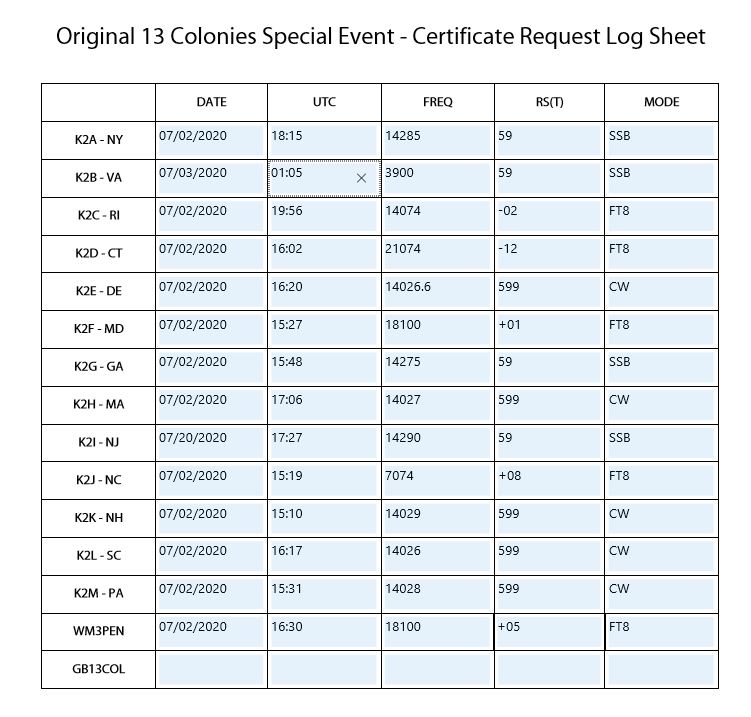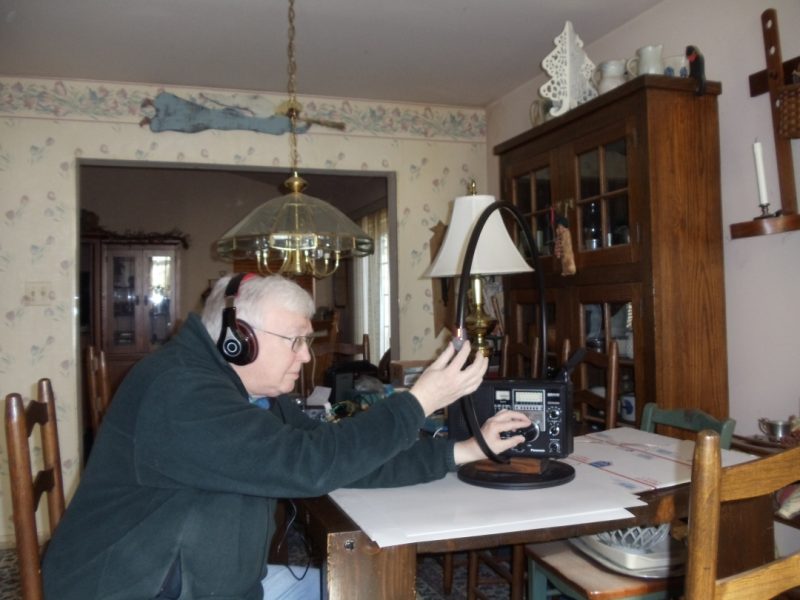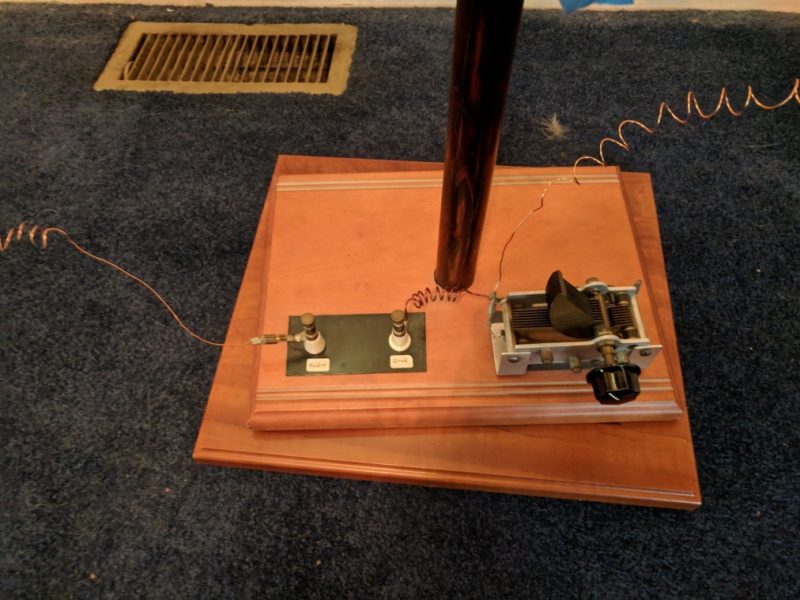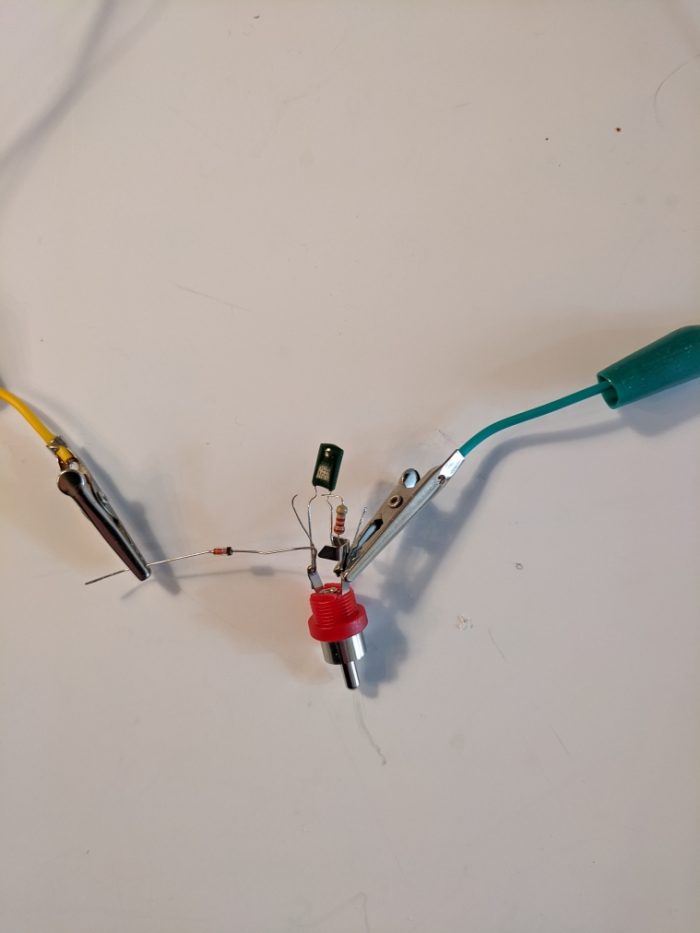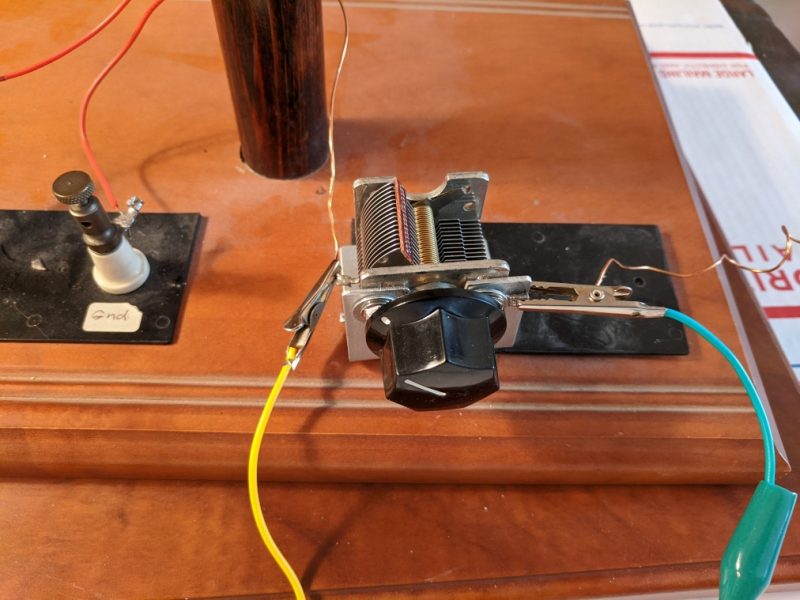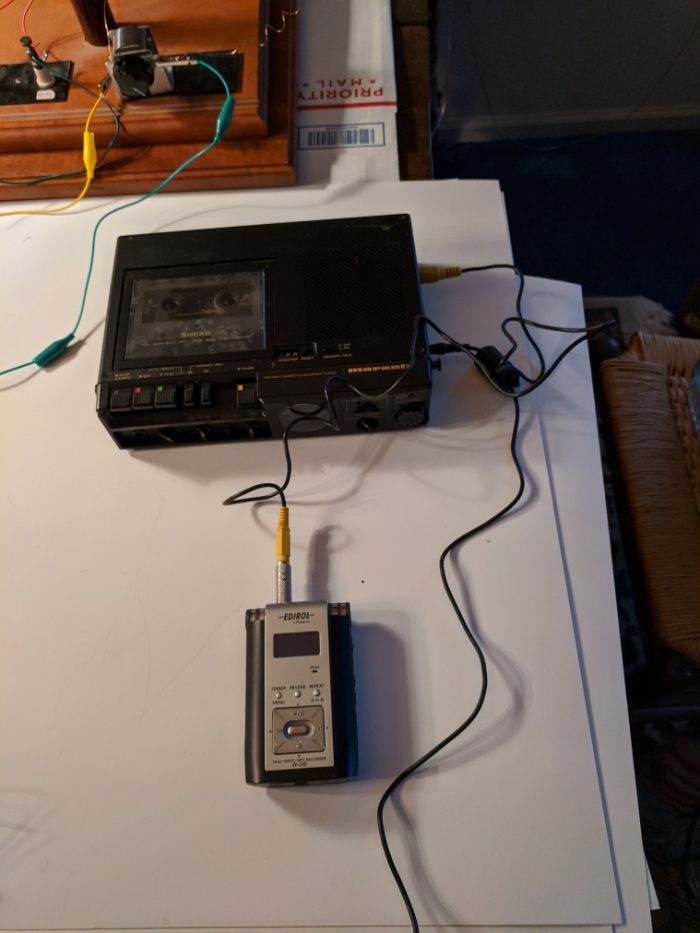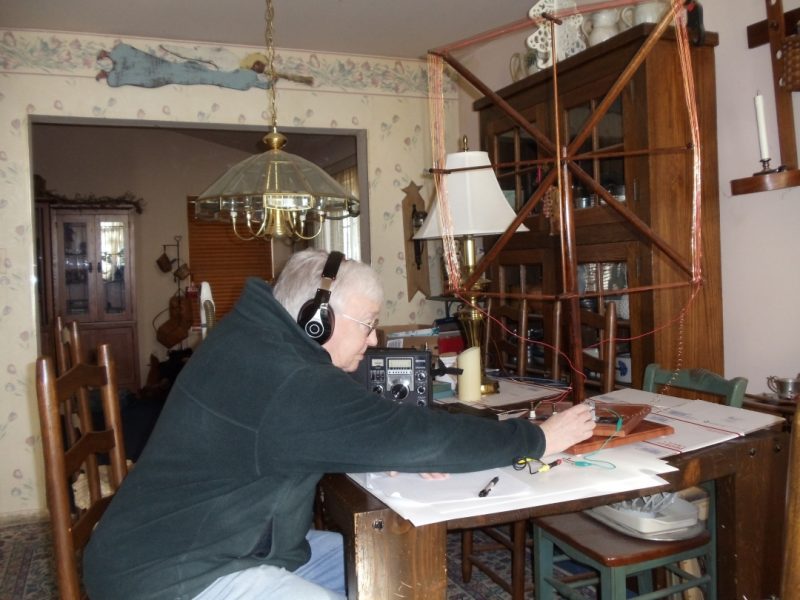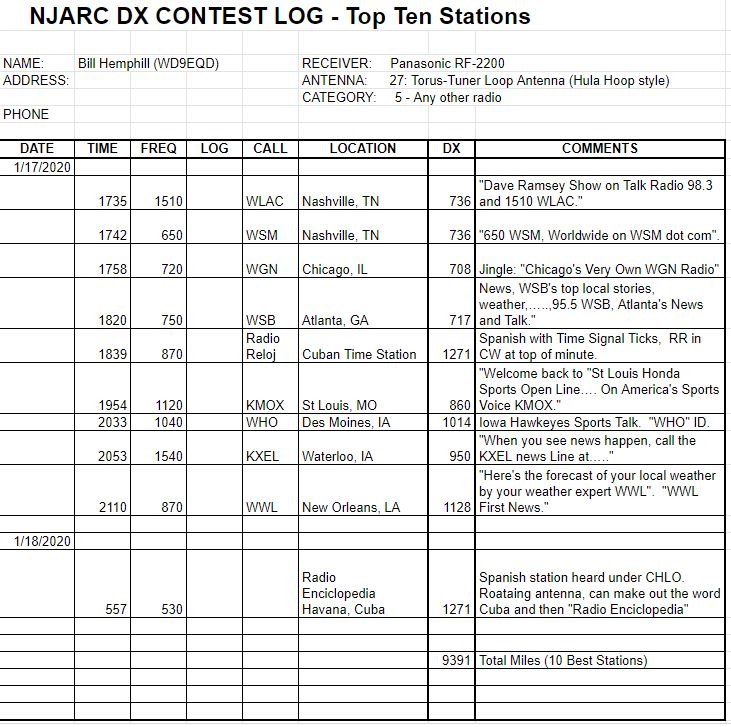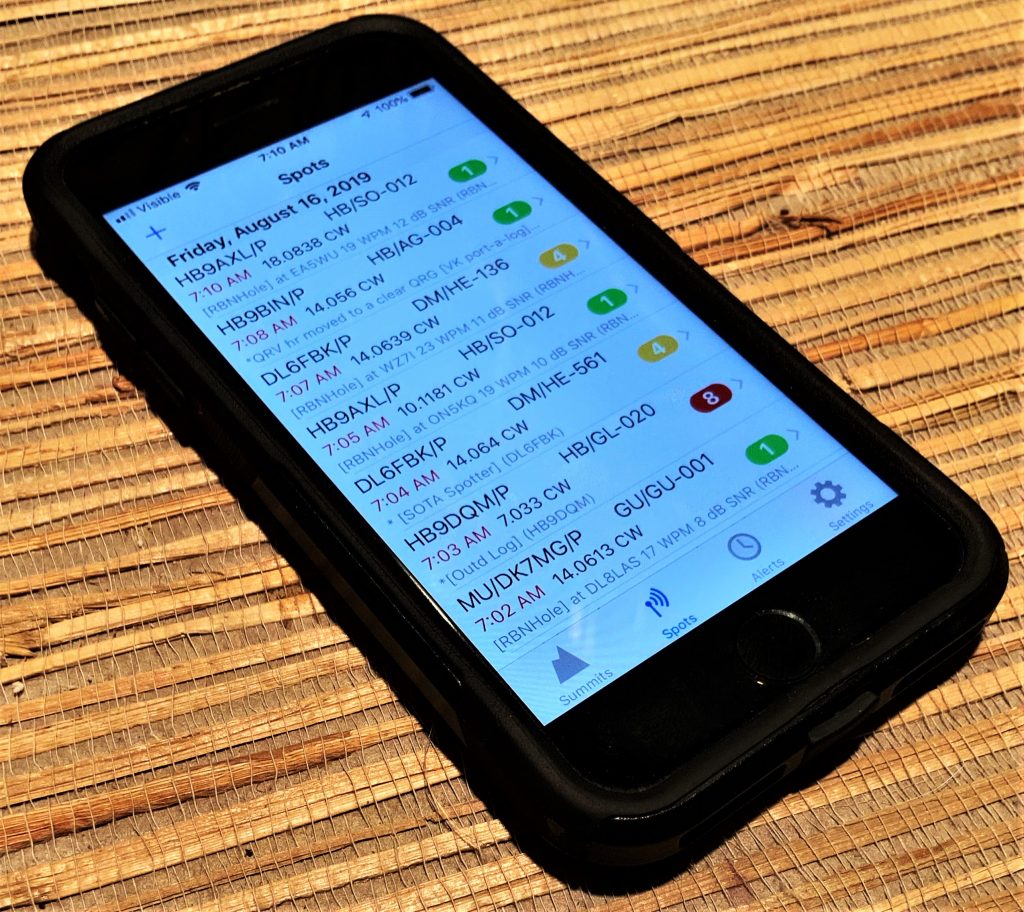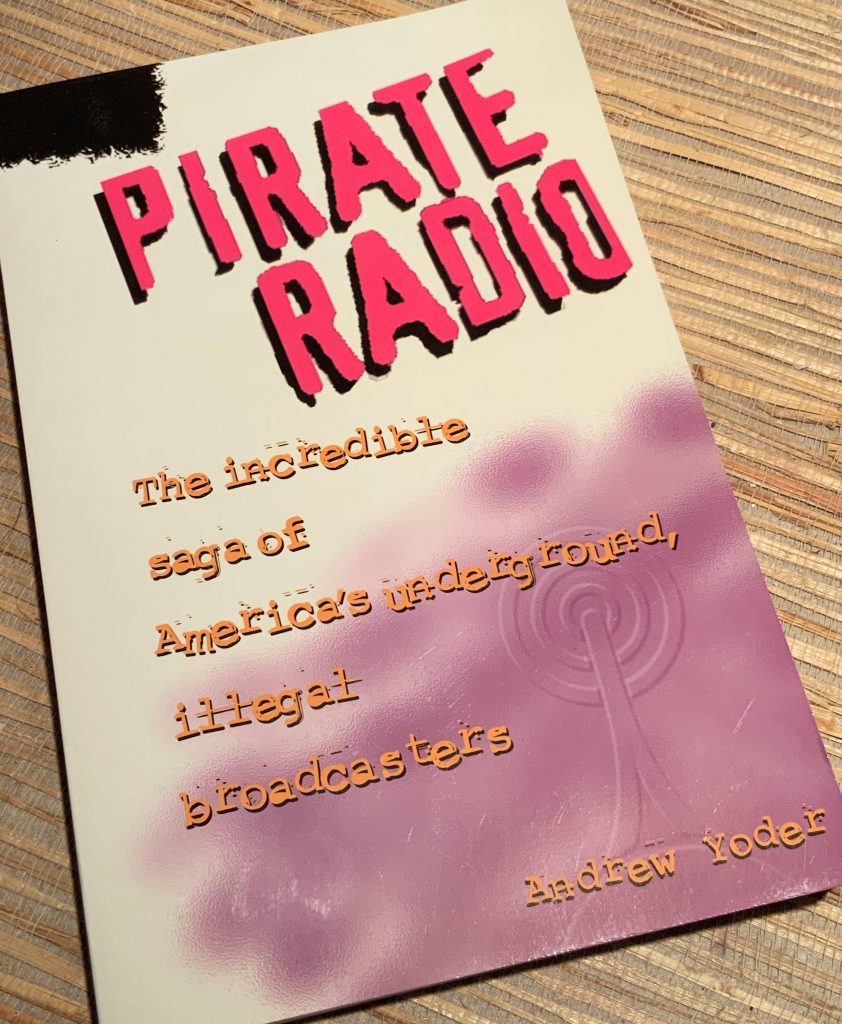Many thanks to SWLing Post contributor, Istvan Biliczky with the TOP DX Radioclub, who shares the following results from the 2020 Top DX contest (click image to enlarge)
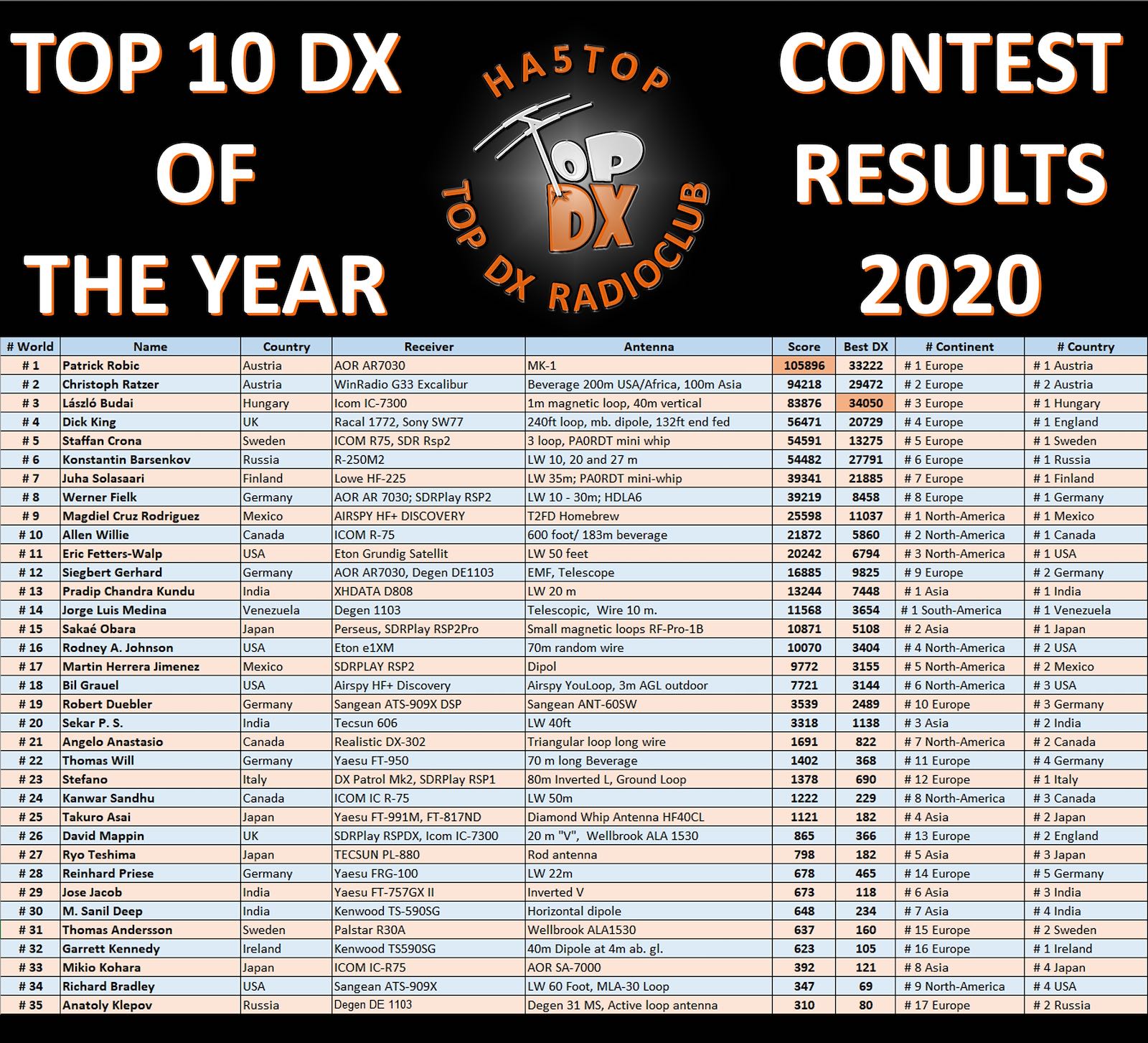
Category Archives: Contests
Reminder: Top 10 DX of the Year SWL Contest starts December 1, 2020
 Many thanks to SWLing Post contributor, Istvan Biliczky, who writes:
Many thanks to SWLing Post contributor, Istvan Biliczky, who writes:
We would like to remind you that the TOP 10 DX OF THE YEAR contest will start soon.
From 1 December 2020. 00:00 UTC to 31 December 2020 24:00 UTC The contest is open for all shortwave listeners and free of charge.
All the information is available on our website: www.topdx-radioclub.com/top10dx.html
It is our pleasure to welcome you among the competitors so we are expecting you.
Best of luck and outstanding DX receptions to you.
Very best wishes,
Istvan Biliczky
Contest Manager
Top DX Radioclub
Thanks for the reminder, Istvan!
We have a winner! The MFJ-8100K shortwave receiver kit giveaway
Congratulations to SWLing Post reader, Audrius Simkunas from Lithuania, who was chosen at random from the comments on our contest post!
Many thanks to the kind folks at MFJ Enterprises who donated this prize and shipping that is worth well over $100! There aren’t many manufacturers and retailers who would agree to ship anywhere in the world.
What a response!
We had 165 comments/entries at 16:00 UTC yesterday when the contest ended. At that time we had a random number generator pull the comment number which lead us to Audrius.
Not only is that an impressive number of comments, but I absolutely loved reading about your favorite kits. What an amazing radio nostalgia trip!
Let’s do this again…and soon
This was a lot of fun, so we’re going to do more of these giveaways. If you have any ideas about a theme, contact me. While I enjoy making more challenging contests from time to time, I also love posting contests that are accessible to everyone regardless of their radio experience.
Thanks again, MFJ! And congratulations, Audrius!
Win an MFJ-8100K shortwave receiver kit!
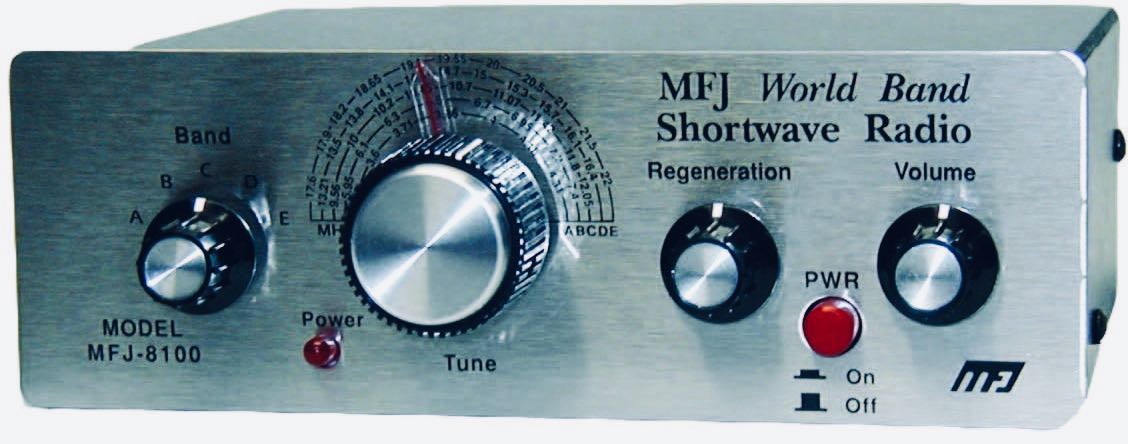 After posting Ron’s note about the MFK-8100K receiver kit, I touched base with MFJ and they have kindly donated a new 8100K kit to us for an SWLing Post giveaway. Thanks, MFJ!
After posting Ron’s note about the MFK-8100K receiver kit, I touched base with MFJ and they have kindly donated a new 8100K kit to us for an SWLing Post giveaway. Thanks, MFJ!
This giveaway is open to anyone, anywhere. MFJ will ship it directly to you if there are no Covid-19 shipping restrictions to your country.
Here’s how to enter the giveaway…
Simply comment on this post and tell us about your favorite kit that you’ve built. This can be your first kit, your last kit, or anything in between. Don’t just give us a model name, tell us what made it a fun or special project.
If you’ve never built a kit, but are eager to do so, tell us why you would like to build the MFJ-8100K! Do you have a soldering iron?
We simply want to make sure a kit builder or want-to-be kit builder gets this prize! We’d even invite you to share a short post about building the MFJ-8100 (no obligation–only if you wish).
Details
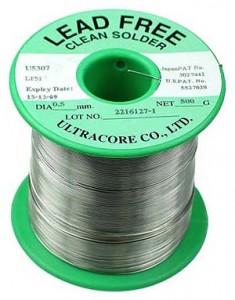 We will pick a winner at random from the valid comments in this post on Wednesday, September 23, 2020 at 16:00 UTC.
We will pick a winner at random from the valid comments in this post on Wednesday, September 23, 2020 at 16:00 UTC.
This means you must enter a valid email address in the appropriate comments field (not within the comment text itself) so that we can contact you.
Of course, the SWLing Post doesn’t sell or share emails–never have, never will–this is only so we can contact you to obtain your shipping address if you win. Feel free to use a throw-away email address if you wish.
This is all about taking us on a great kit-building nostalgia trip, so have fun!
Click here to comment with your kit story and enter the giveaway.
Many thanks again to MFJ Enterprises for sponsoring this contest!
13 Colonies Special Event this week for hams and SWLs
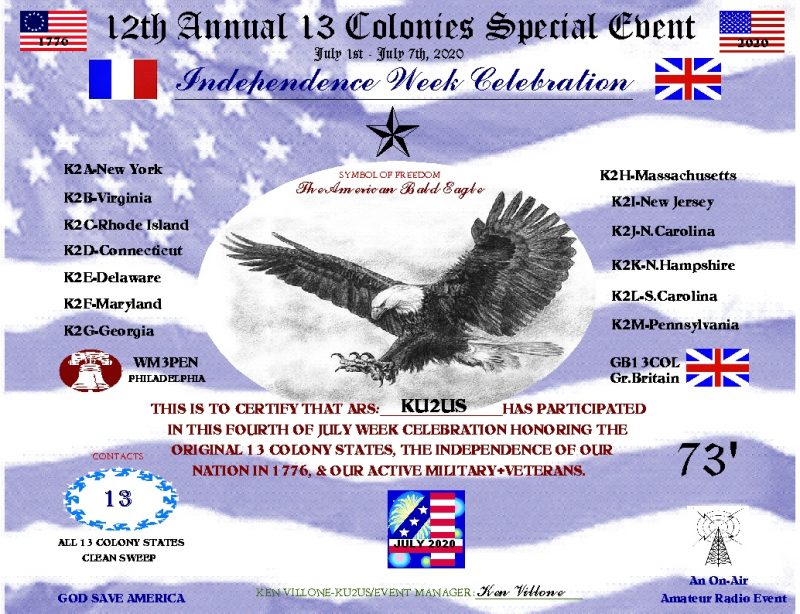 Although I’ve been rather busy the past few days, I have managed to fit in a little radio time.
Although I’ve been rather busy the past few days, I have managed to fit in a little radio time.
On Wednesday, I spent part of the day doing the RAC (Radio Amateurs of Canada) Contest to celebrate Canada Day. My simple goal in mind was to work as many provinces as I could. Although I only made a total of 25 contacts, I managed to work the ten provinces along the Canada/US border (including Newfoundland and PEI).
During the RAC event I heard pileups for the 13 Colonies Event which is held each year in conjunction with the 4th of July weekend. I like this event because it’s accessible yet challenging.
Yesterday morning, I decided to start collecting colonies. By the end of the day, I made a “Clean Sweep” of all of the colonies and even worked one of the “bonus” stations (WM3PEN). Over the next couple of days, I’l try to snag the other bonus station, GB13COL.
As you can see by my log sheet, I had to employ three different modes to snag all of these in short order:
I’m not a contester by any stretch of the imagination, but I was able to snag these stations within 12 hours without sitting in front of the radio the whole day. I simply checked the DX Cluster from time-to-time and pounced when the path was favorable. (All of my CW contacts were QRP, too.)
An SWL-friendly event!
What’s so great about the 13 Colonies Event is that they strongly encourage SWLs to participate! From the 13 Colonies website:
ATTENTION SWLs: All Short Wave listeners (SWL). You will also qualify for the certificate. Follow the instructions on the Certificates page when you submit your log. A special SWL logo will be affixed to the certificate for you. One or all 13 stations logged qualifies you. Just log ALL of the 13 Colony states and you can get a complete set of custom special event QSL cards also! All 13 are different. QSL requests to be made to each individual Colony State Station with an SASE. Consider becoming a HAM too! 🙂
Look at all the fun we are having! (NASWA members-watch for us in your monthly journal publication).
All you need to participate is a radio with a BFO or SSB mode. Even a portable radio can easily handle this as most event stations are easy to hear throughout North America.
If you live outside North America or you don’t have a radio with SSB capabilities, consider participating via a KiwiSDR site. There’s certainly nothing wrong with this as I heard a number of remote ham radio operators working stations yesterday. If you choose to use the WebSDR/KiwiSDR route, I would personally stick with one geographic location for the entire event and declare the receiver location/url on your log sheet.
The event takes place July 1, 2020-1300 UTC to July 8, 2020-0400 UTC, so you still have plenty of time!.
Click here to read more at the 13 Colonies Event website and request a certificate.
Please comment if you plan to take part in the event or have in the past!
Bill’s first DX contest using a Panasonic RF-2200 and a hombrew diode/loop radio
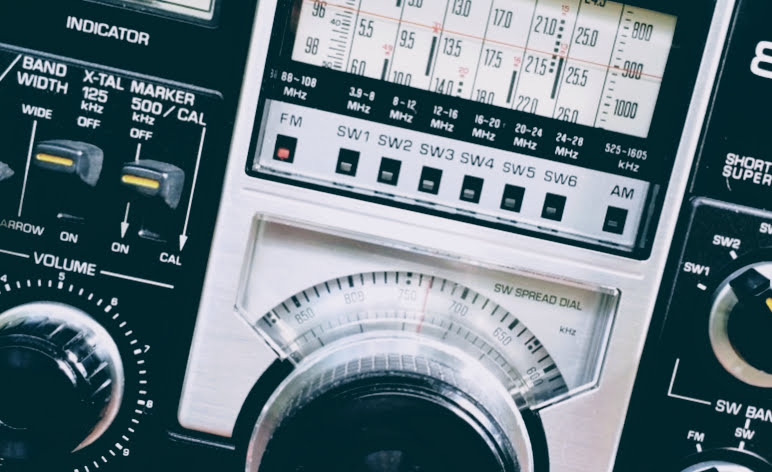 Many thanks to SWLing Post contributor, Bill Hemphill (WD9EQD), who shares the following guest post:
Many thanks to SWLing Post contributor, Bill Hemphill (WD9EQD), who shares the following guest post:
My First DX Contest
by Bill Hemphill, WD9EQD
Being a recent new member of NJARC, this is my first time competing in this contest. I have always been a big fan of BCB DXing and have recently got back into it – especially with the amateur radio bands being in such poor conditions. The acquisition of a couple of Loop antennas plus two Panasonic RF-2200 radios have just enhanced my enjoyment.
For the contest, I used two completely different radios. First was the RF-2200 and second was a spur of the moment creation.
The RF-2200 was its usual good performer. While the RF-2200 has a beautiful built-in rotating bar antenna, I enhanced it with the 27” Torus-Tuner Loop Antenna as made by K3FDY, Edmund Wawzinski. I think I had picked this antenna up at one of NJARC’s swap meets. So I wish to thank whoever it was that was nice enough to bring it and sell it at the meet. I have really enjoyed using it. With this setup, I was hoping that I might be able to pull in Denver, Salt Lake City and maybe even a Mexican station, but it was a complete bust on them. But I did have a nice surprise in receiving the Cuban station Radio Enciclopedia on 530 in addition to the usual Radio Reloj time signal station. Following is photo of it in operation:
Originally, I had thought that my second contest entry would be done with a 1962 Sony TR-910T three-band transistor radio. This radio has a fairly wide dial along with a second fine-tuning knob which would be a big help. I would have again used the 27” hula-hoop antenna.
But I made the nice mistake of running across Dave Schmarder’s Makearadio website:
Dave’s site is a wonderful resource for creating your own Crystal, Tube, and Solid State radios as well as Audio Amplifiers and Loop Antennas. While going down the rabbit hole of his site, I ran across his Loop Crystal Set, #19 Crystal Radio:
http://makearadio.com/crystal/19.php
What grabbed my attention was the wood frame loop antenna which is similar to one I had acquired a couple of years ago at a ham fest:
It was a really nicely constructed, nice swivel base.
I replaced the tuning capacitor with one that has a 6:1 ratio.
At this point I started thinking that I could create something similar with my loop.
I randomly grabbed a diode from my parts box. Not sure what the exact model is. (I later found out that it was an IN-34 which is what I was hoping it was.) Then quickly soldered the diode, a resistor and capacitor to a RCA plug:
I then proceeded to use some jumper cables and just clip it to the tuning capacitor on the antenna base:
The RCA plug was then the audio out (I hope) from the radio.
I quickly realized that I did not have a crystal headset or any headset that would reproduce any audio. So I used an old Marantz cassette recorder to act as an amplifier. Fed it into the mic jack and then tried to listen to the monitor out. Bingo – I could pick up or local station on 1340 really weak.
So I then fed the audio from the Marantz into a Edirol digital recorder. Now I was getting enough audio for the headphones plus could make a recording of the audio.
At last I was receiving some signals. To boost the audio some more I removed the resistor from the circuit.
I found out the I could only tune from about 530 to 1350. I probably needed to clip the lead on one of the loop turns, but I really wanted to see how it would do at night. I spent several hours and was just totally amazed at how well it performed and how good the audio was. The hardest part was when there were very strong signals on the adjacent frequency. What I found really interesting was that it was not linear in its tuning. At the low end of the band the stations were more spread out than at the higher end. This made tuning fairy easy at the low end and very touchy at the high end. I was able to hear a couple of Chicago stations along with Atlanta and St. Louis.
Here’s photo of it in action:
I have created an audio file of the station ID’s heard with the diode/loop radio. The audio file is on the Internet Archive at:
https://archive.org/details/bcbstationidsondioderadio
I had a lot of fun in the contest and especially enjoyed trying something really different with the diode/loop radio. Now I have a whole year to try to think up something really creative for next year’s contest.
Absolutely brilliant, Bill! I’m so happy to see that your ham fest homebrew loop has served you so very well in a contest. I love how you pulled audio from your homebrew, make-shift diode radio as well–using your audio gear in a chain for amplification obviously worked very well.
Thanks so much for sharing your experience, Bill!
What are your favorite radio apps? Tell us and you might win a prize!
Each year, I spend time going updating our curated list of amateur and shortwave radio apps.
I do my best to keep this list of applications up-to-date and am always on the lookout for new ones. Thing is, new apps are developed every day–certainly a moving target for this editor.
This is where you can help…
Please comment on this post with your favorite radio-related iOS, Android, and Windows Phone applications. Please link to the app and/or mention what operating system you use. Of course, please tell us what you love about your choice apps.
A prize! Woot!
Next Friday (August 23, 2019) I’ll pick one random comment from this post and send the lucky reader a copy of Pirate Radio: The incredible saga of America’s underground, illegal broadcasters by Andrew Yoder. This classic pirate radio history book even includes an audio CD with clips from famous (and infamous!) pirate radio stations.
Many thanks to our friends at Universal Radio who supplied this to us as a gift for our readers.
What apps supplement your radio fun? Please comment!
Congratulations to Peter Atkinson who won the CC Buds Solo and April who won the Joe Carr Loop antenna book in our last giveaways!
Do you enjoy the SWLing Post?
Please consider supporting us via Patreon or our Coffee Fund!
Your support makes articles like this one possible. Thank you!

